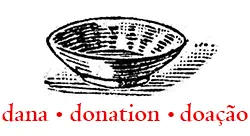contain multitudes • por Padma Dorje • fundado em 2003
contain multitudes
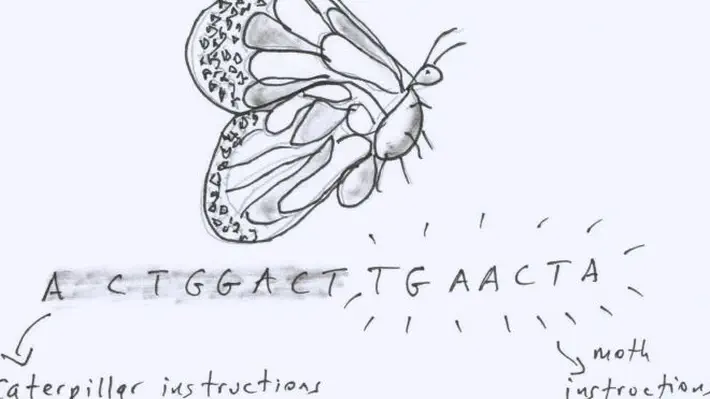 NPR
NPRAre Butterflies Two Different Animals in One? The Death And Resurrection Theory
Here's a dangerous, crazy thought from an otherwise sober (and very eminent) biologist, Bernd Heinrich. He's thinking about moths and butterflies, and how they radically change shape as they grow, from little wormy, caterpillar critters to airborne beauties. Why, he wondered, do these flying animals begin their lives as wingless, crawling worms? Baby ducks have wings. Baby bats have wings. Why not baby butterflies?
 NY Review of Books
NY Review of BooksEpigenetics: The Evolution Revolution
At the end of the eighteenth century, the French naturalist Jean-Baptiste Lamarck noted that life on earth had evolved over long periods of time into a striking variety of organisms. He sought to explain how they had become more and more complex. Living organisms not only evolved, Lamarck argued; they did so very slowly, “little by little and successively.” In Lamarckian theory, animals became more diverse as each creature strove toward its own “perfection,” hence the enormous variety of living things on earth. Man is the most complex life form, therefore the most perfect, and is even now evolving.
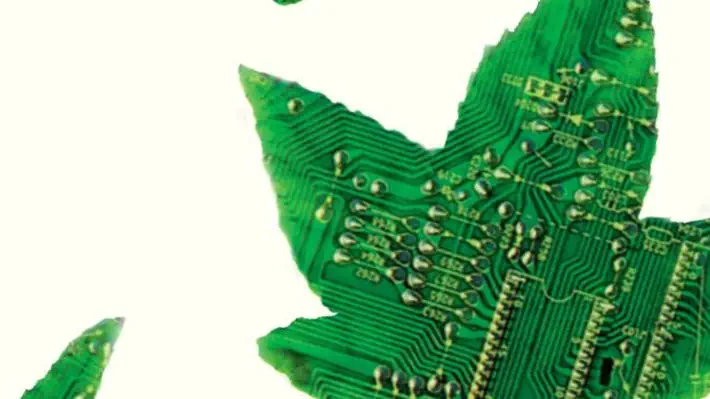 Wikipedia
WikipediaDarwin among the Machines
Darwin among the Machines is the name of an article published in The Press newspaper on 13 June 1863 in Christchurch, New Zealand, which references the work of Charles Darwin in the title. Written by Samuel Butler but signed Cellarius (q.v.), the article raised the possibility that machines were a kind of mechanical life undergoing constant evolution, and that eventually machines might supplant humans as the dominant species.
![New discoveries about the human mind show the limitations of reason. // “The Enigma of Reason” (Harvard) ... point[s] out that reason is an evolved trait, like bipedalism or three-color vision. It emerged on the savannas of Africa, and has to be understood in that context. // Humans’ biggest advantage over other species is our ability to cooperate. Cooperation is difficult to establish and almost as difficult to sustain. For any individual, freeloading is always the best course of action. Reason developed not to enable us to solve abstract, logical problems or even to help us draw conclusions from unfamiliar data; rather, it developed to resolve the problems posed by living in collaborative groups. “Reason is an adaptation to the hypersocial niche humans have evolved for themselves,” Mercier and Sperber write. Habits of mind that seem weird or goofy or just plain dumb from an “intellectualist” point of view prove shrewd when seen from a social “interactionist” perspective.](/img/lead/why-facts-dont-change-our-minds.webp) NewYorker
NewYorkerWhy Facts Don’t Change Our Minds
New discoveries about the human mind show the limitations of reason. // “The Enigma of Reason” (Harvard) ... point[s] out that reason is an evolved trait, like bipedalism or three-color vision. It emerged on the savannas of Africa, and has to be understood in that context. // Humans’ biggest advantage over other species is our ability to cooperate. Cooperation is difficult to establish and almost as difficult to sustain. For any individual, freeloading is always the best course of action. Reason developed not to enable us to solve abstract, logical problems or even to help us draw conclusions from unfamiliar data; rather, it developed to resolve the problems posed by living in collaborative groups. “Reason is an adaptation to the hypersocial niche humans have evolved for themselves,” Mercier and Sperber write. Habits of mind that seem weird or goofy or just plain dumb from an “intellectualist” point of view prove shrewd when seen from a social “interactionist” perspective.
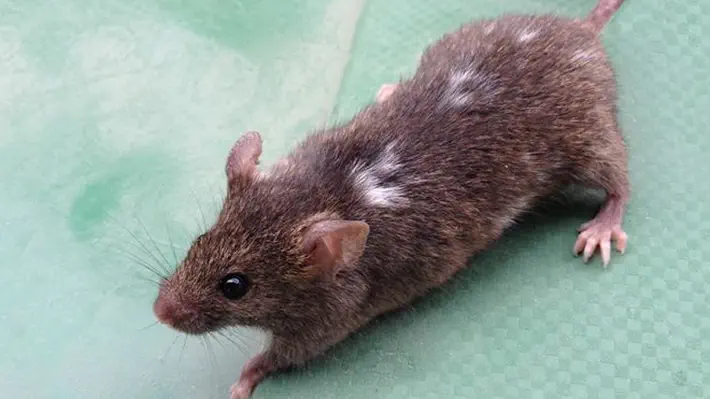 University of Zurich
University of Zurich NPR
NPR NY Review of Books
NY Review of Books Wikipedia
Wikipedia![New discoveries about the human mind show the limitations of reason. // “The Enigma of Reason” (Harvard) ... point[s] out that reason is an evolved trait, like bipedalism or three-color vision. It emerged on the savannas of Africa, and has to be understood in that context. // Humans’ biggest advantage over other species is our ability to cooperate. Cooperation is difficult to establish and almost as difficult to sustain. For any individual, freeloading is always the best course of action. Reason developed not to enable us to solve abstract, logical problems or even to help us draw conclusions from unfamiliar data; rather, it developed to resolve the problems posed by living in collaborative groups. “Reason is an adaptation to the hypersocial niche humans have evolved for themselves,” Mercier and Sperber write. Habits of mind that seem weird or goofy or just plain dumb from an “intellectualist” point of view prove shrewd when seen from a social “interactionist” perspective.](/img/lead/why-facts-dont-change-our-minds.webp) NewYorker
NewYorker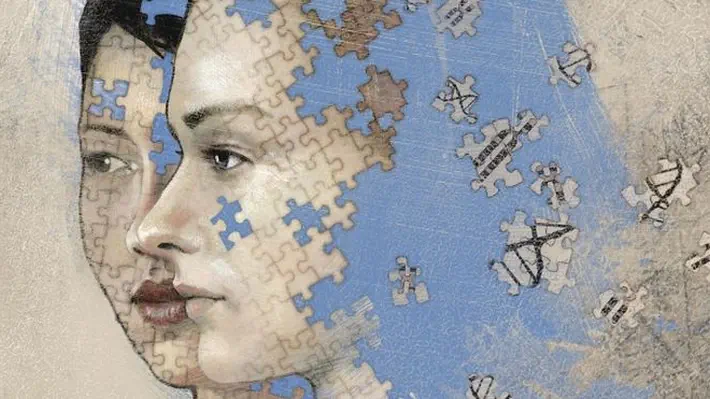 CHRONICLE
CHRONICLE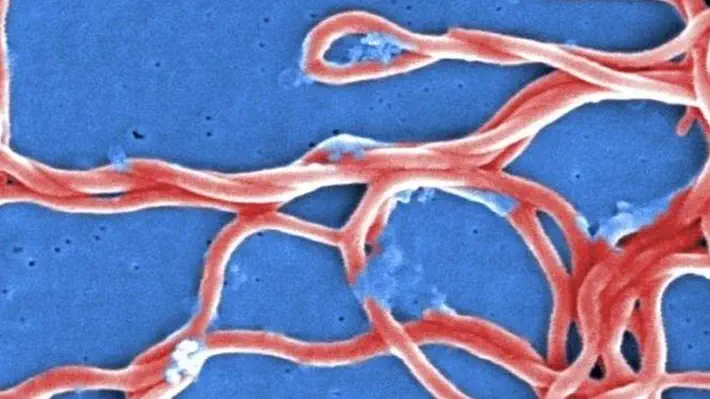 POPSCI
POPSCI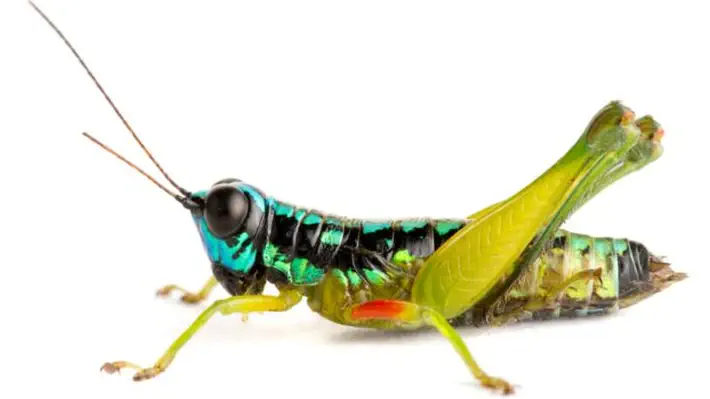 Aeon
Aeon


